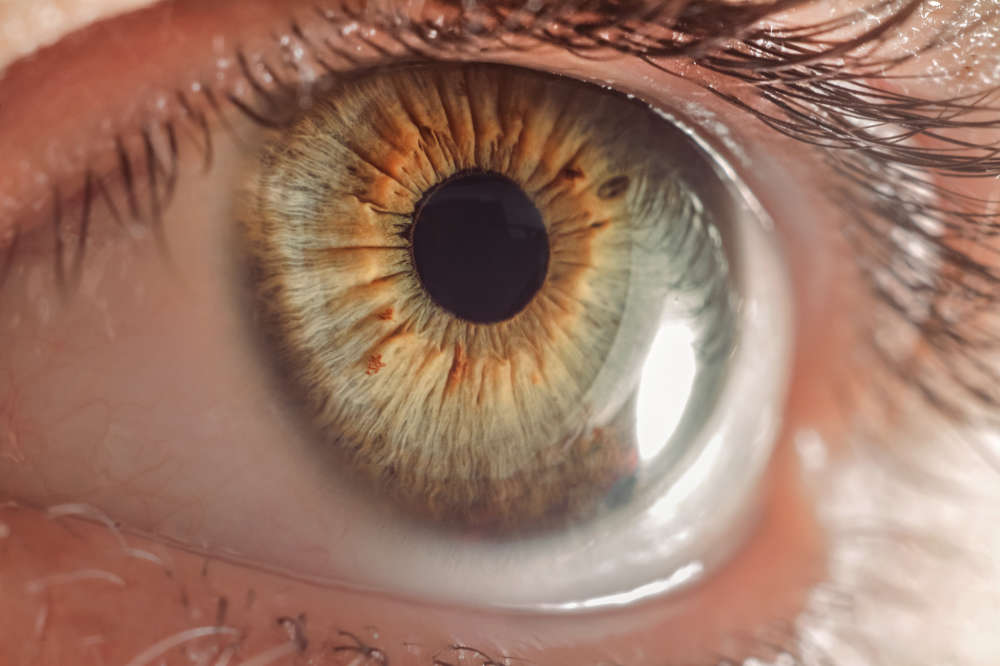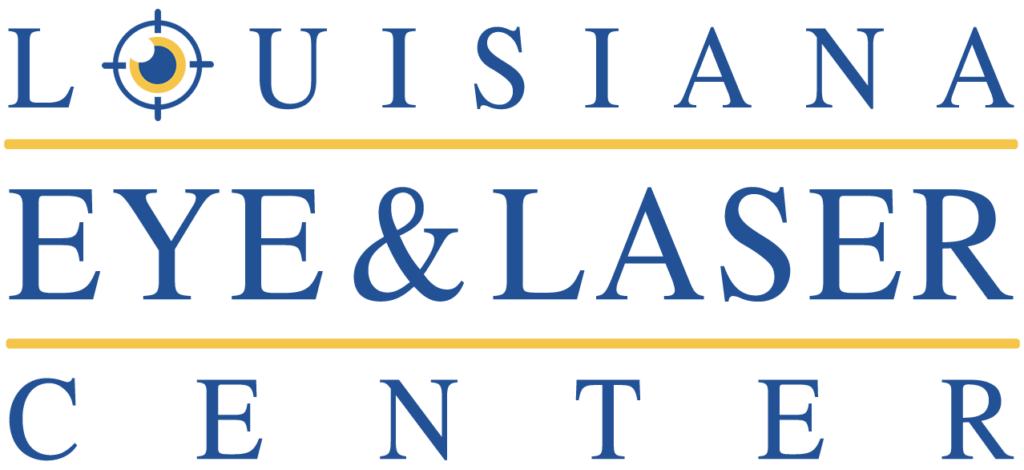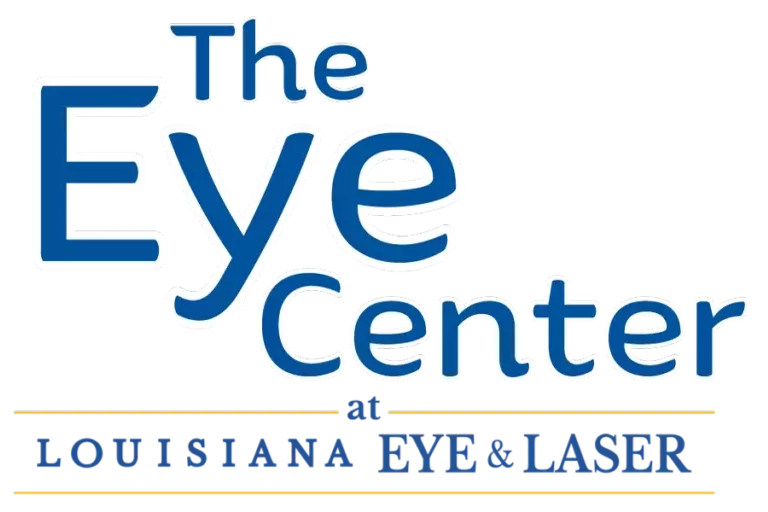Laser eye surgery is a life-changing option for patients wanting to reduce or eliminate their need for glasses or contact lenses. Among the most popular forms of vision correction are PRK (Photorefractive Keratectomy) and LASIK (Laser-Assisted In Situ Keratomileusis). Although both use an excimer laser to reshape the cornea, they differ in how the eye is prepared and how recovery unfolds.
Understanding the difference between PRK vs LASIK is important, especially if you are considering refractive surgery and want to know which procedure is right for your lifestyle and eye structure.p.
What is PRK Surgery?
PRK, or Photorefractive Keratectomy, is one of the earliest laser vision correction techniques. It is ideal for people with thin corneas, where flap-based procedures like LASIK may not be suitable.
During PRK, the outer layer of the cornea (epithelium) is gently removed. The underlying corneal tissue is then reshaped using a precise excimer laser, correcting refractive errors like nearsightedness, farsightedness, and astigmatism. A special bandage contact lens is placed over the eye to support healing.
This method avoids creating a corneal flap, making PRK a safer choice for patients at risk of flap complications.
What is LASIK Surgery?
LASIK (Laser-Assisted In Situ Keratomileusis) is a more modern laser eye surgery. It involves creating a thin flap in the cornea using a femtosecond or mechanical blade. The surgeon lifts the flap to access and reshape the inner layers of the cornea with an excimer laser.
Once reshaping is complete, the flap is repositioned to act as a natural bandage. Healing begins immediately, and vision often improves within hours.
Reshaping the Cornea: How Both Procedures Work
Both PRK and LASIK aim to correct vision by reshaping the cornea so that light entering the eye focuses properly on the retina. The key difference is how the surgeon accesses the corneal tissue. PRK removes the epithelium entirely, while LASIK preserves it by creating a corneal flap.
PRK vs. LASIK: Pros and Cons
Pros of LASIK
Rapid vision recovery, often within 24 hours
Minimal discomfort
Fewer post-op visits
No bandage required
Cons of LASIK
Higher risk of dry eyes
Rare but possible flap complications
Not suitable for patients with thin corneas


Pros of PRK
No flap creation, reducing risk of flap-related issues
Better for people with thin or irregular corneas
Long-term stability and safety
Cons of PRK
Slower recovery time (a few days to weeks)
Temporary discomfort from bandage lens
Longer medication regimen
Blurry vision during early healing
Which is Right for You?
If you have thin corneas, an active lifestyle, or are concerned about flap complications, PRK may be your better option. If you’re looking for fast recovery and meet the corneal thickness criteria, LASIK might be ideal.
At Louisiana Eye & Laser, we evaluate each patient individually to recommend the safest and most effective treatment.
Both PRK and LASIK are highly effective ways to improve vision and reduce dependency on corrective lenses. Each has unique advantages depending on your eye health, corneal thickness, and personal preference.
Schedule a consultation with our experienced team to learn which procedure is right for you.




